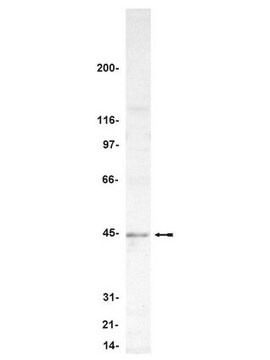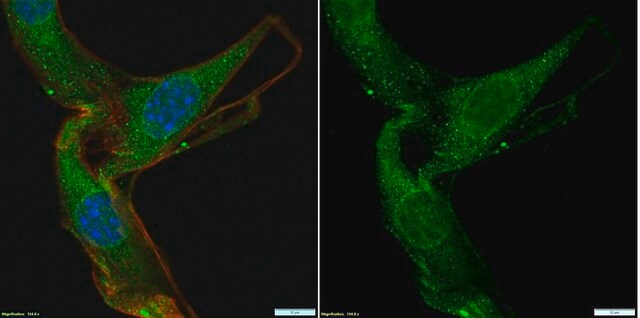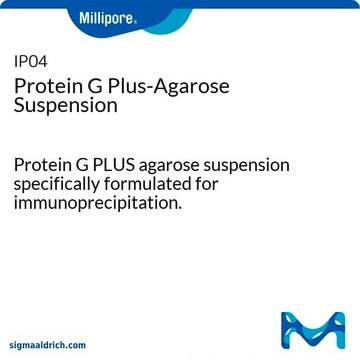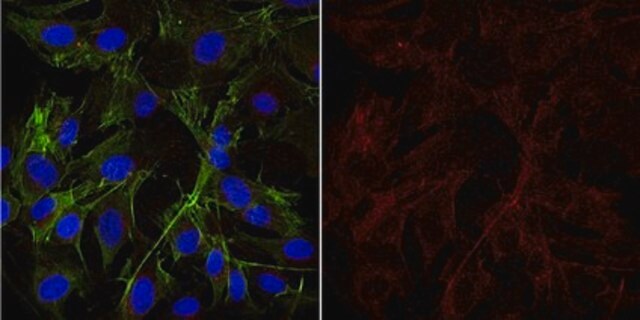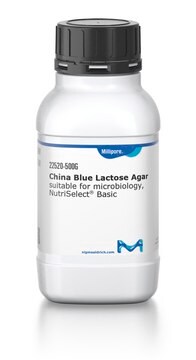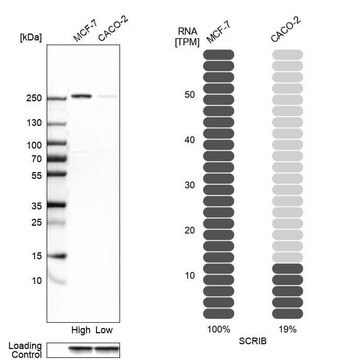MABE243-I
Anti-Histone H3. X/Y Antibody, clone 8H6-2111
clone 8H6-2111, from rat
Synonym(s):
Histone H3 X/Y, H3 X/Y
Sign Into View Organizational & Contract Pricing
Select a Size
All Photos(4)
Select a Size
Change View
About This Item
UNSPSC Code:
12352203
eCl@ss:
32160702
NACRES:
NA.41
Recommended Products
biological source
rat
Quality Level
antibody form
purified antibody
antibody product type
primary antibodies
clone
8H6-2111, monoclonal
species reactivity
human
species reactivity (predicted by homology)
primate (based on 100% sequence homology)
technique(s)
immunocytochemistry: suitable
isotype
IgG2aκ
shipped in
ambient
General description
Histones play a central role in transcription regulation, DNA repair, DNA replication and chromosomal stability. Histone H3 is one of the five main histone proteins involved in the structure of chromatin in eukaryotic cells. It is a core component of nucleosome. Nucleosomes wrap and compact DNA into chromatin, limiting DNA accessibility to the cellular machineries which require DNA as a template. Featuring a main globular domain and a long N-terminal tail, H3 is involved with the structure of the nucleosomes of the ′beads on a string′ structure. The N-terminal tail of histone H3 protrudes from the globular nucleosome core and can undergo several different types of epigenetic modifications that influence cellular processes. Both H3.X and H3.Y are two novel primate-specific Histone H3 variants that are not found other mammals or lower eukaryotes. H3.X and H3.Y mRNAs are expressed in transformed cell lines, such as U2OS, and in low amounts in human bone, breast and lung tissue. They exhibit amino acid sequence homology with other H3 variants, but differ in several functionally important residues, such as serine10 (S to A) and Serine 28 (S to R). Knockdown of H3.Y variant is shown to affect cell growth and leads to changes in the expression of many genes involved in cell cycle control. It is noteworthy that the number of cells expressing H3.Y is increased under stress stimuli.(Ref.: Wiedemann, SM et al. (2010). J. Cell Biol. 90(5); 777-791).
Specificity
Clone 8H6-2111 specifically detects X and Y variants of Histone H3 in primates. It does not recognize HA-H3.1, -H3.2, or -H3.3. This clone targets an epitope of 12 amino acids in the N-terminal region.
Immunogen
Ovalbumin-conjugated linear peptide corresponding to a sequence of 12 amino acids from the N-terminal region of human Histone H3.X/Y.
Application
Anti-Histone H3. X/Y Antibody, clone 8H6-2111, Cat. No. MABE243-I, is a highly specific rat monoclonal antibody that targets Histone H3. X/Y and has been tested in Immunocytochemistry.
Research Category
Epigenetics & Nuclear Function
Epigenetics & Nuclear Function
Quality
Evaluated by Immunocytochemistry in U2OS cells with and without serum starvation.
Immunocytochemistry Analysis: A 1:250 dilution of this antibody detected Histone H3. X/Y in U2OS cells with and without serum starvation.
Immunocytochemistry Analysis: A 1:250 dilution of this antibody detected Histone H3. X/Y in U2OS cells with and without serum starvation.
Target description
17 kDa calculated.
Linkage
Replaces: MABE243
Physical form
Format: Purified
Protein G purified
Purified rat monoclonal antibody IgG2a in buffer containing 0.1 M Tris-Glycine (pH 7.4), 150 mM NaCl with 0.05% sodium azide.
Storage and Stability
Stable for 1 year at 2-8°C from date of receipt.
Other Notes
Concentration: Please refer to lot specific datasheet.
Disclaimer
Unless otherwise stated in our catalog or other company documentation accompanying the product(s), our products are intended for research use only and are not to be used for any other purpose, which includes but is not limited to, unauthorized commercial uses, in vitro diagnostic uses, ex vivo or in vivo therapeutic uses or any type of consumption or application to humans or animals.
Not finding the right product?
Try our Product Selector Tool.
Storage Class
12 - Non Combustible Liquids
wgk_germany
WGK 1
Certificates of Analysis (COA)
Search for Certificates of Analysis (COA) by entering the products Lot/Batch Number. Lot and Batch Numbers can be found on a product’s label following the words ‘Lot’ or ‘Batch’.
Already Own This Product?
Find documentation for the products that you have recently purchased in the Document Library.
Xiangduo Kong et al.
iScience, 27(4), 109357-109357 (2024-03-21)
Facioscapulohumeral dystrophy (FSHD) is linked to contraction of D4Z4 repeats on chromosome 4q with SMCHD1 mutations acting as a disease modifier. D4Z4 heterochromatin disruption and abnormal upregulation of the transcription factor DUX4, encoded in the D4Z4 repeat, are the hallmarks
Our team of scientists has experience in all areas of research including Life Science, Material Science, Chemical Synthesis, Chromatography, Analytical and many others.
Contact Technical Service